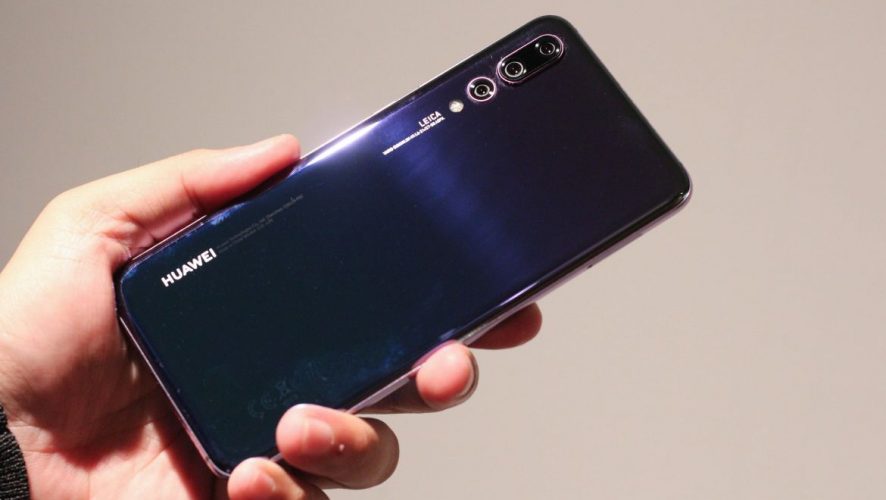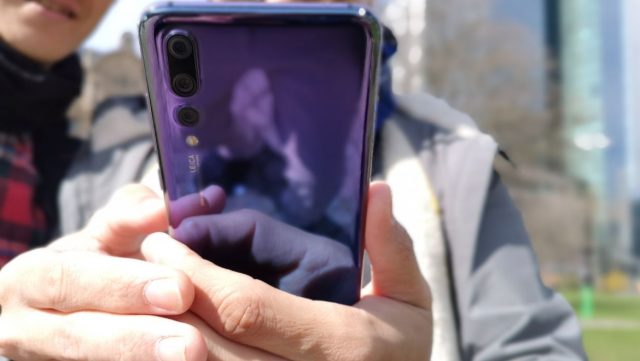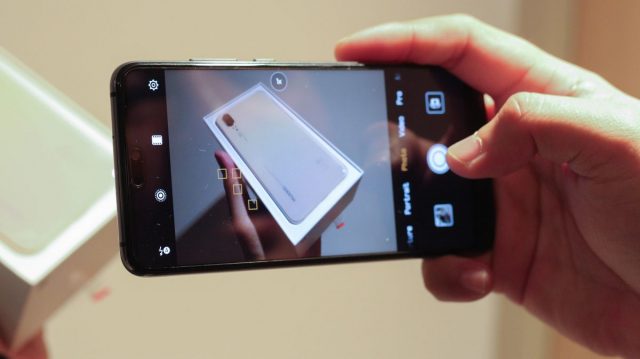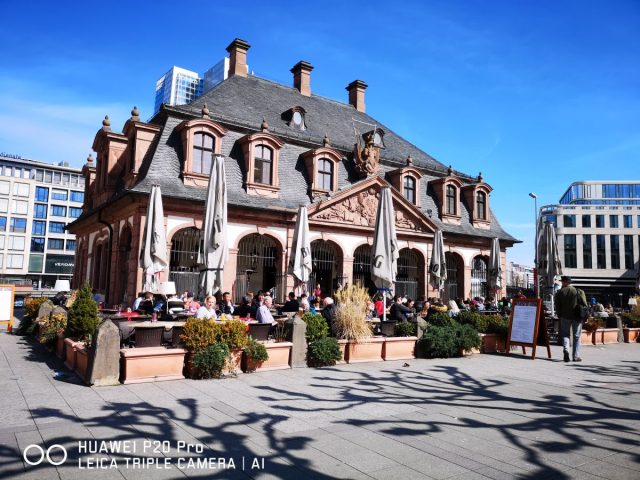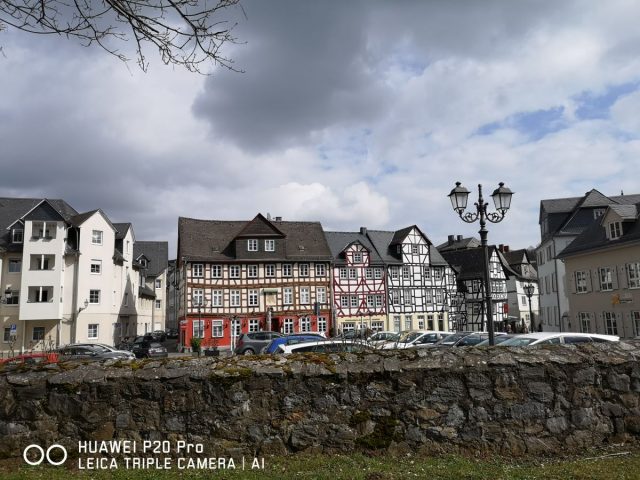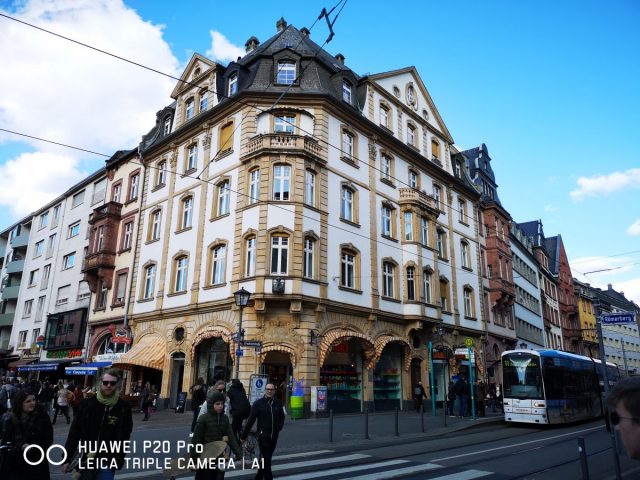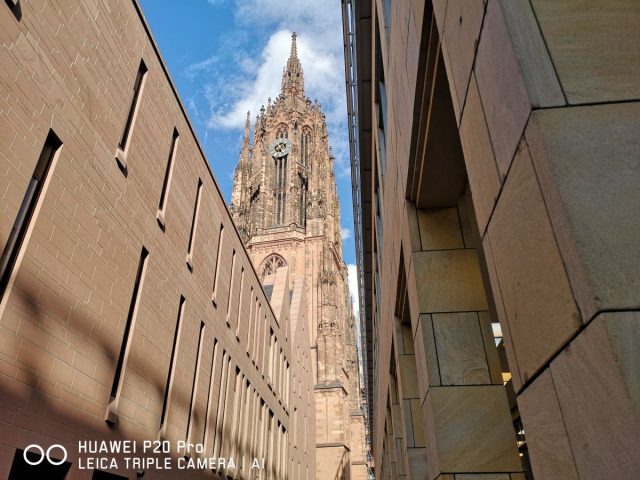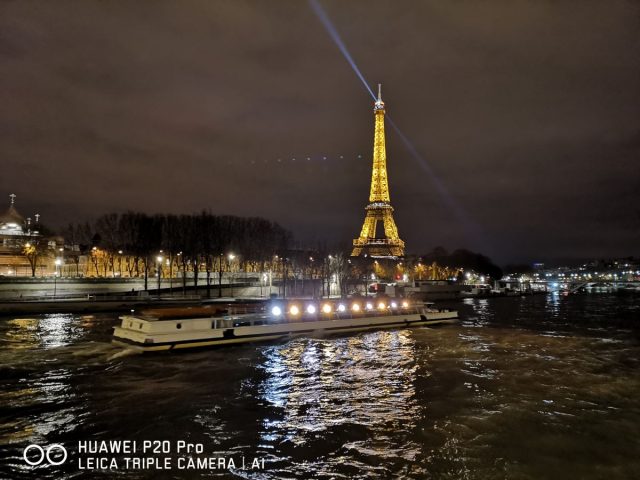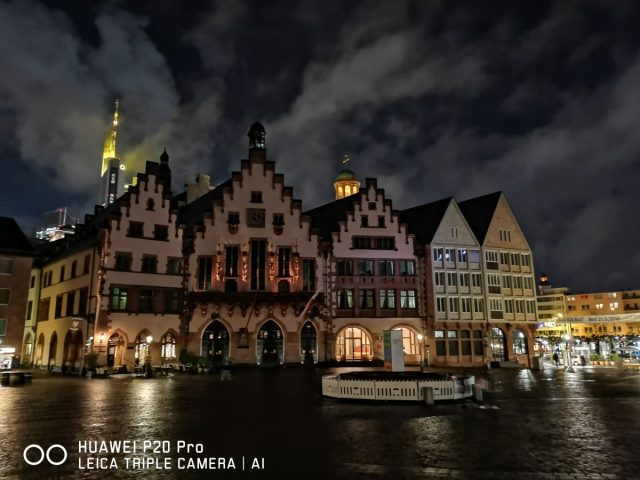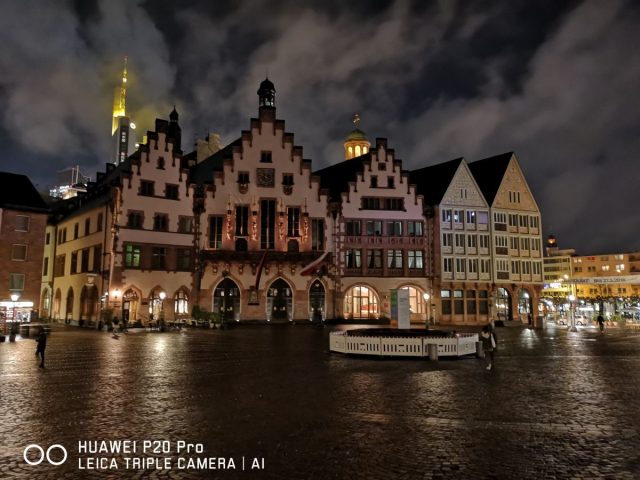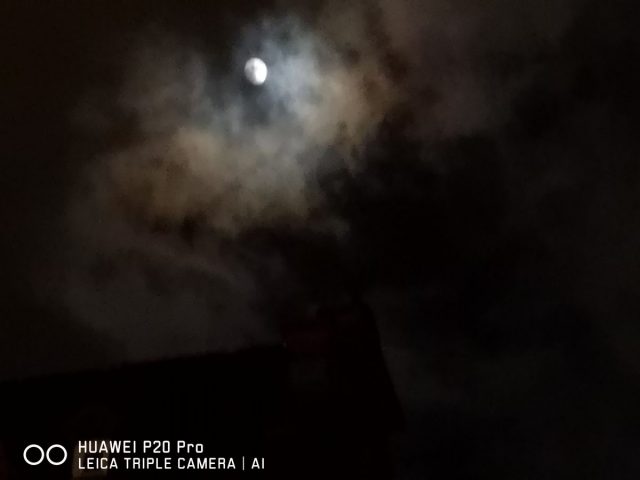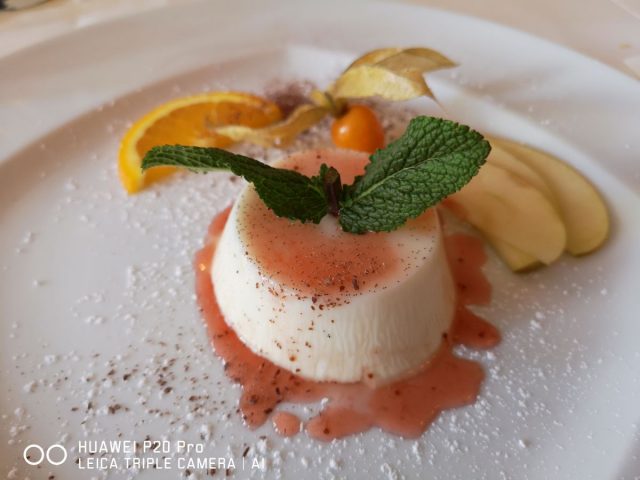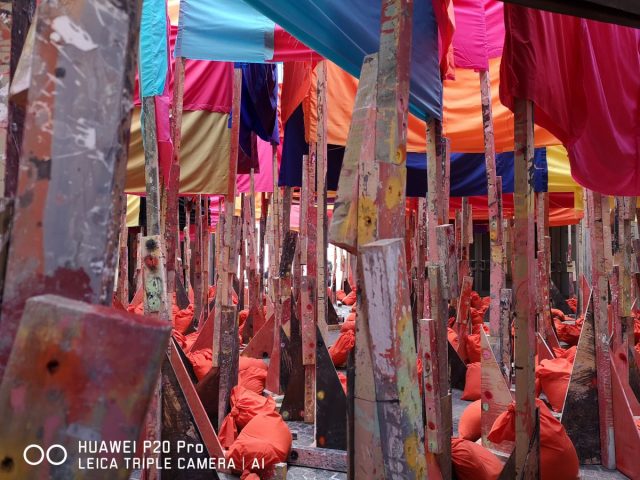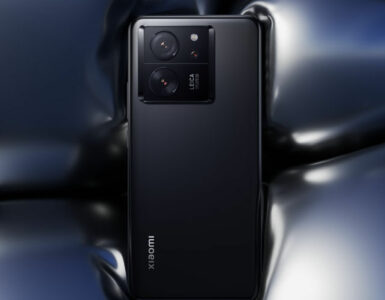As dual-camera technology in mobile devices continues to evolve, more alternatives and better innovations are being explored in the market. Among these developing ideas, one has arisen and taken root, courtesy of rising giant Huawei.
But here’s the thing: when a novel concept is announced, there’s bound to be scepticism. Is it just another marketing gimmick? Will it even work as well as advertised? Following the company’s global launch of the P20 series, individuals were exposed to the world’s first-ever three-camera setup in a mobile device with the P20 Pro. Armed with specs that look good on paper, it’s only natural that some would treat its camera capabilities with disbelief.
The culmination of the main 40MP RGB camera with 5x hybrid zoom, a 20MP monochrome sensor, and an 8MP sensor with 3x optical zoom, the model is also accompanied by an array of features that run the gamut from 4D predictive focus to AI Image Stabilisation. That, in addition to a maximum aperture and ISO of f/1.6 and 102400 respectively, and the assured quality of the Leica lens, promises to bring about a more enriching photography experience to the masses.
Similar to the Huawei Mate 10 Pro, a lot of the heavy lifting is actually done by AI technology, but this time, it has grown to become something termed the ‘Smart AI’. This builds upon the existing features in the camera, such as the Macro and Portrait modes, to develop more well-composed shots, through the automatic detection of the subject and changing to the appropriate mode thereafter.
For greater creative freedom, there’s the now-mandatory Pro Mode available, as well as the newly-implemented slow-motion option, which can support 960fps of action at 720p resolution.
As the saying goes, a picture speaks a thousand words, and words alone would hardly make for a convincing act. Below are some test shots taken with the P20 Pro camera, uploaded right off the phone with little to no editing, for all your viewing pleasure.
As per the usual Huawei phone cameras, the P20 Pro easily hits the mark. With a touch of natural lighting, this quaint little outdoor cafe looks great on the camera, especially when framed with the fine details of the tree branches.
Taken under slightly cloudy conditions, the photo appears to be less saturated than some may prefer, but the details captured are sharp and clear, as evidenced from the outline of the clouds.
Among the string of features that the P20 Pro hosts is the Blue Sky Mode, where the blue hues of the sky are accentuated for an all-around more saturated look.
The P20 Pro’s impressive camera capabilities extend to architectural shots as well! Note the details on the brick wall are all visible without having to zoom in.
Close-up shots? Easy.
Shooting in low-light conditions will never be a problem again! Taken at the late hours of the night, it’s rather amazing that the camera’s Night Mode is able to produce a fairly well-lit and clear photo, albeit being slightly noisy.
Normal mode (left) vs Night Mode (right): Even at night, the normal shooting mode works well. Apart from subtle differences like sharper details and brightness level, they look almost identical – and for a phone camera, that’s already pretty damn impressive.
The Monochrome Mode adds a dash of mood and style to the above photograph, and it seems Huawei has toned down the blacks this time for a more natural white-and-black look.
How many of you can proudly say that your current phones are able to capture a shot of the moon AND the wispy details of the clouds? The P20 Pro gets the job done with their 5x Hybrid Zoom, with great clarity to boot.
The first course of action after the food arrives is to…snap a couple of shots for aesthetic purposes, duh! The Food Mode sure helps to bring in a bit of saturation and colour.
Orange, pink, red – vibrant and pastel colours both look good on the P20 Pro. Details are also very evidently sharp, from the paint splashes on wood to the wrinkles on the orange bags even from a distance away.
In what seems to be the next big thing for mobile devices, the P20 Pro also comes with a slow-mo option. Supported with a capture frame rate of 960 fps at 720p resolution, the end product can be extremely satisfying if the right timing is captured – though it takes a fair bit of practice due to the lack of manual control.
Based on what we’ve captured, the P20 Pro continues to be on the right track to redefine mobile photography. With this phone, Huawei has proved that the introduction of the world’s first-ever triple-camera setup is hardly a marketing gimmick, but rather, an impressive show of its immense potential. Coupled with that, and its handy string of features, users can be assured of the camera capabilities.
As the Chinese giant seeks to explore new heights with mobile photography, lower-end compact cameras may just be rendered useless. Here’s to looking forward to even more camera improvements with the promised AI improvements Huawei has touted for their flagships for the future ahead!

